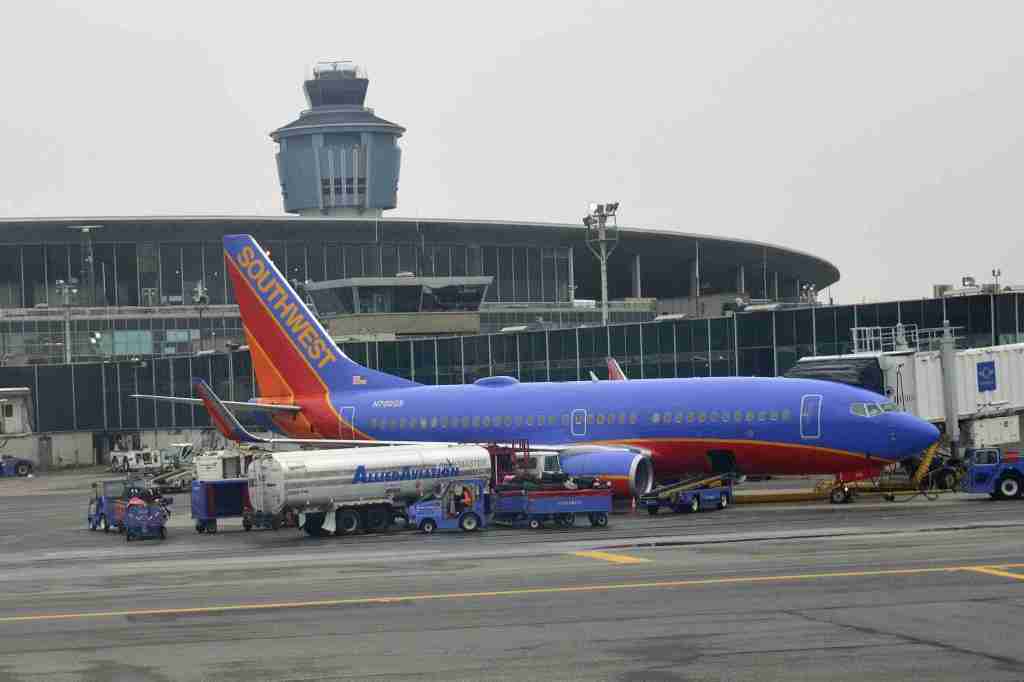Southwest Airlines Increasing Capacity 6%? Not So Fast!
This article by the Wall Street Journal really caught my attention with the headline reading, “Southwest Expects to Boost Capacity 6% in 2015.” If that were
true, it would easily be the highest reported amount of capacity increase in the industry. But the first line of the article, quoting the Southwest CFO, seemed to confirm the title…
 “Southwest Airlines Co. expects to raise its capacity 6% next year, Chief Financial Officer Tammy Romo said Monday in an investor-day briefing.”
“Southwest Airlines Co. expects to raise its capacity 6% next year, Chief Financial Officer Tammy Romo said Monday in an investor-day briefing.”
You may recall a couple weeks ago, I wrote about an analyst claiming that carriers would increase capacity 4%. Not so, I said, and gave my reasons why. I believe it will be generally much closer to 2% next year with some airlines even lower than that. But now Southwest is saying they plan to increase it 6% next year?
Alas, the devil is in the details. This substantial increase by Southwest will not come from adding aircraft or new flights. Instead, most of this growth will come from adding more seats with only a 1% increase in additional flights. Southwest CEO Gary Kelly said previously there will be an increase in flights from their home airport, Dallas Love Field (DAL), now that they are not restricted by the Wright Amendment. Nevertheless, it will be nothing even close to this 6% figure.
So why do you even care about carrier capacity?
Airlines have been able to increase their fares – substantially in some cases – primarily for two reasons.
- The first was reducing competition. A handful of years ago, there were six U.S. legacy carriers. Today there are only three.
- The second thing they did was reduce capacity, meaning there were fewer flights to choose from.
You might hear flight attendants saying a flight is full even if there are a few seats remaining. The reason, many of the flights today really are full, meaning 100% capacity. Of course this is not true for all flights but overall, they are running in the 80-90% range. A major fallout from this has been an overall increase in the number of award miles required for trips (or reduced availability) as well as reductions in frequent flier benefits.
Now let’s say the airlines really did increase their flights by 6% next year. Their costs would rise because there would be more planes in the sky which means higher costs for things like fuel, maintenance, flight crews, and other personnel. Now the difficult part – finding enough passengers to fill all those new seats. If capacity grows 6% but the seats aren’t sold, the first thing you would see is a drop to maybe 70-75% of the seats filled.
The typical airline industry response to overcapacity is fare wars to fill their seats. It means the carriers need us so much that they are willing to run promotions to get our business. These promos take many forms but they frequently shows up as discount airfares, bonus award miles, even double elite status miles. In other words, excess capacity is a dream for frequent fliers, indeed even for infrequent fliers who are keen on earning more miles.
I think the revenue management departments of the airlines are far more sophisticated today than in the past and they will not allow the carriers to return to the days of filling only 70% of their seats. Nevertheless, it would be a dream to hear about them increasing capacity 6% because it means we, the fliers, would likely see previously stripped benefits returned to us again.
So, this is why you should care about airline capacity. Too much capacity is good news for fliers, but bad news for the airlines and their stockholders.

“capacity” in the airline sense can also refer to ASM instead of seats or departures, so just switching a bunch of flights from DAL-HOU to DAL-LGA can have a meaningful increase in “capacity” without changing seat count at all.